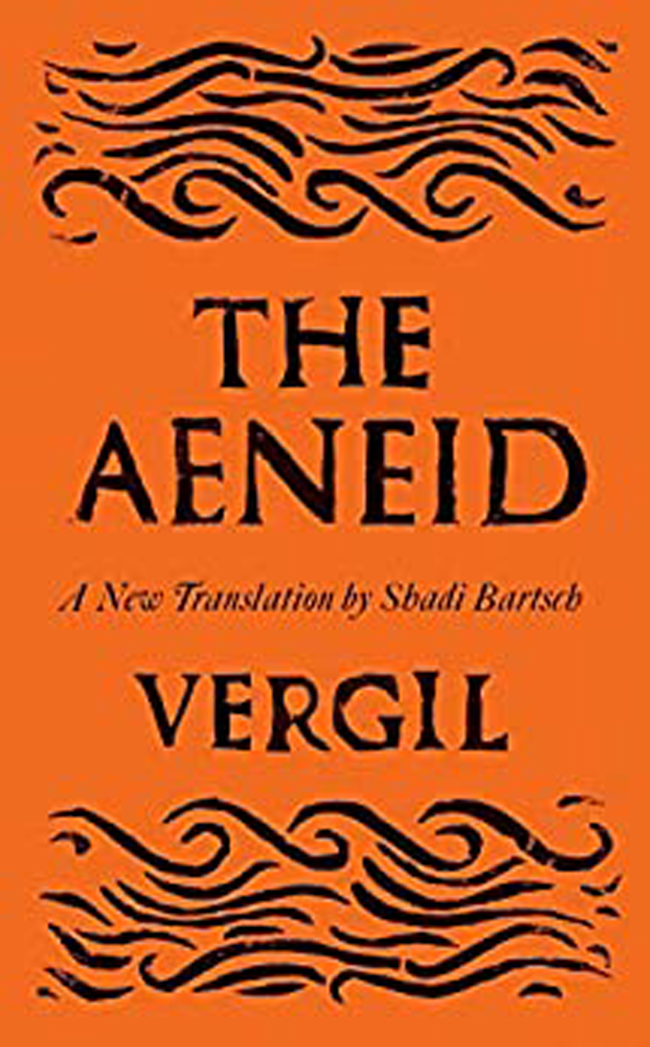
The Aeneid, Vergil's epic Latin poem, which relates the legendary tale of the Trojan refugee Aeneas, needs little introduction, but this new translation by Dr Shadi Bartsch, Professor of Classics at the University of Chicago, has much to set it apart from other English translations. In her extensive and detailed introduction, Bartsch sets out her mission to reimagine and reinvigorate the translation whilst retaining the rhythm and measure of the original text. Bartsch argues that some existing translations, in their attempts to provide a direct and comprehensive translation, have sacrificed much of the pace and meaning of the Latin text. In contrast, Bartsch's translation maintains Vergil's dactylic hexameter with no additional lines added or loss of meaning. In this translation, Bartsch's focus is therefore on providing interpretations that showcase the original cadence and meaning of Vergil's verse whilst placing the focus firmly on readability. As a reading experience, it certainly feels tight and succinct with none of the textual bloat that may be associated with some other Aeneid translations.
Assisted by the pacy and rapid flow of the translation, the framing of characters and events is also subtly different. Battle scenes feel immediate and brutal and the universal issues explored in the poem such as nationalism, colonialism, political upheaval, and prejudice feel current and relevant to modern contexts. Dido's famous suicide is also presented as not solely the result of a deep betrayal and a broken heart, but because of her sudden political vulnerability. This was an interpretation that was lost on me before now and served to reframe some of the traditional understandings of her character and actions.
There is a real sense of the modern about the translation, with echoes of Emily Wilson's 2017 translation of The Odyssey, although the feminist aspects of Wilson's particular translation are not as obviously apparent here. The provision of extensive notes to explain particular contexts or other noteworthy elements of the text also serve to assist the modern reader in gaining a deeper understanding of the events of the text whilst offering stimulating food for thought.
The mission Bartsch sets out in her introduction has largely been achieved with this translation. Her translation is straightforward, measured and concise, without ever feeling sparse, and feels truly accessible to the lay reader without losing the core integrity and emotion of the story. This might perhaps be of less appeal to the serious Classics scholar but has the potential to offer much to those getting to grips with Classical texts in translation for the first time. This book is presented very much as a book to read for pleasure rather than being explicitly structured as a classroom text for study and its price point and format would perhaps make it unsuitable for most school contexts as an assigned text. This translation could be used in conjunction with other translations to highlight the different aims of particular translations and provoke discussion as to how texts are interpreted over time, or even be recommended to students as a text to read independently for enjoyment and personal interest outside of formal classroom study.


